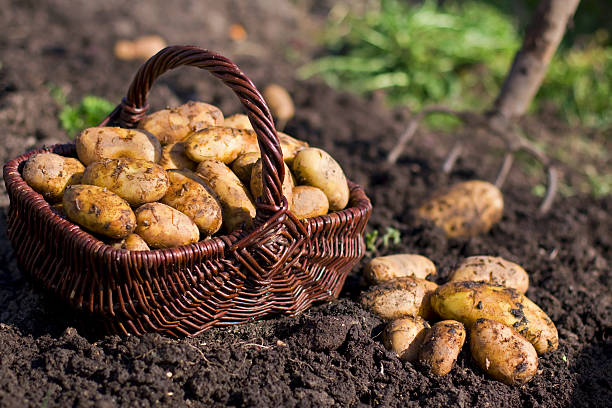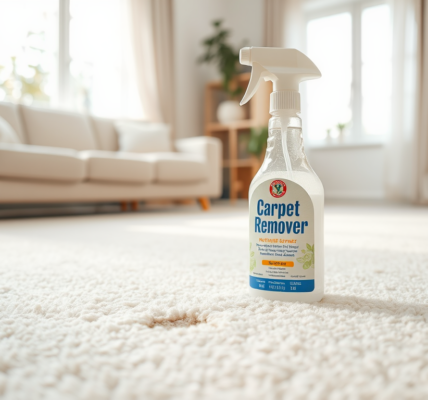Growing potatoes is a rewarding and relatively simple task that can yield a bountiful harvest if done correctly. In this article, we will explore the necessary steps to grow potatoes successfully, including soil preparation, planting, care, and harvesting.
Preparing the Soil

Proper soil preparation is crucial to growing healthy potatoes. Potatoes thrive in loose, well-drained soil with a pH level between 5.0 and 7.0. Start by removing any weeds or debris from the garden bed. Next, till the soil to a depth of about 12 inches to improve aeration and drainage. You can enrich the soil by adding organic matter such as compost or well-rotted manure. Adding this organic matter not only improves soil fertility but also enhances its structure, making it easier for potato tubers to develop.
Choosing the Right Seed Potatoes
For the best results, choose certified seed potatoes rather than store-bought potatoes. Certified seed potatoes are specifically grown to be disease-free, ensuring a healthier crop. Before planting, cut larger seed potatoes into smaller pieces, each with at least one or two “”eyes,”” which are the growth points. Place the cut pieces in a cool, dark area for a few days to allow the cuts to heal and form a protective callus, reducing the risk of rot when planted.
Planting Potatoes
Potatoes should be planted in the early spring as soon as the soil can be worked. Plant the seed pieces in trenches that are 4-6 inches deep and spaced about 12 inches apart. Ensure that the “”eyes”” are facing upwards. Cover the seed pieces with about 4 inches of soil. As the potato plants grow, add more soil to the trench to keep the developing tubers covered, a process known as “”hilling.”” Hilling helps protect the tubers from sunlight, which can cause them to turn green and become inedible.
Caring for Your Potato Plants
Potato plants require consistent moisture to grow properly. Water them regularly, especially during dry spells, but avoid overwatering as this can lead to diseases like rot. Mulching around the plants can help retain moisture and suppress weeds. Fertilize the plants with a balanced fertilizer or one high in phosphorus for root development. Be on the lookout for common pests and diseases such as aphids, potato beetles, and blight. Implementing proper pest control and crop rotation practices can help manage these issues effectively.
Harvesting and Storing Potatoes
Potatoes are usually ready for harvest 10-12 weeks after planting, once the foliage starts to yellow and die back. Carefully dig around the plants with a fork or spade to lift the tubers, taking care not to damage them. Allow the freshly dug potatoes to dry for a few hours before storing them in a cool, dark, and well-ventilated area. Proper storage is key to extending the shelf life of your potatoes. Avoid washing the potatoes before storage, as moisture can promote rot. Instead, brush off excess soil and store them in a breathable container such as a burlap sack or paper bag.
Conclusion
Growing potatoes can be a fulfilling project for both novice and experienced gardeners. By following the steps outlined above, you can ensure a healthy and abundant potato harvest. Proper soil preparation, choosing the right seed potatoes, careful planting, and consistent care throughout the growing season are crucial elements for success. Harvest your potatoes thoughtfully and store them correctly to enjoy your homegrown produce for months to come.
FAQs
How long does it take for potatoes to grow?
Potatoes generally take about 10-12 weeks to grow from planting to harvest, depending on the variety and growing conditions.
Can I grow potatoes in containers?
Yes, potatoes can be grown successfully in containers. Use a large container with good drainage and fill it with a loose, fertile potting mix. Follow the same planting and care guidelines for growing in the ground.
What are some common pests that affect potato plants?
Common pests include the Colorado potato beetle, aphids, and wireworms. Regular inspections and organic pest control methods can help manage these issues effectively.
Why are my potato plants turning yellow early?
Early yellowing can be caused by various factors, including nutrient deficiencies, water stress, or disease. Ensure your plants receive adequate water and nutrients, and monitor for signs of disease.
Can I reuse potato seeds from my harvest for the next season?
It is not recommended to reuse potatoes from your harvest as seed potatoes due to the risk of disease. It’s best to use certified seed potatoes each season for a healthy crop.










